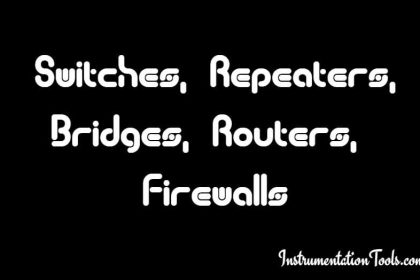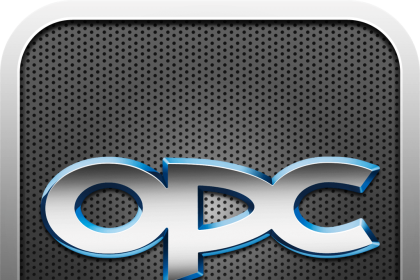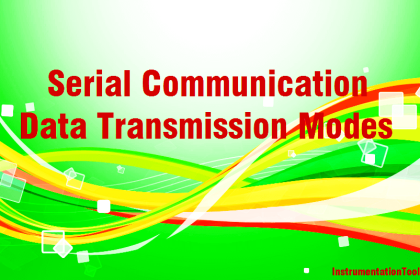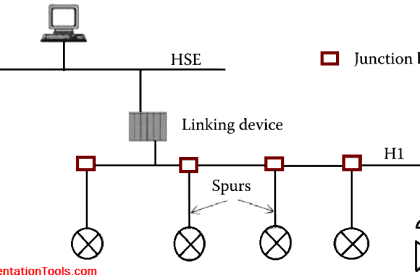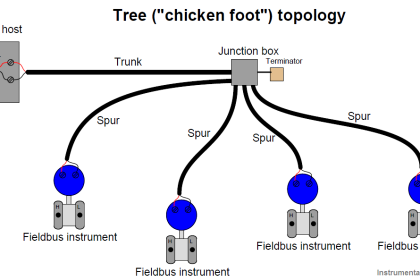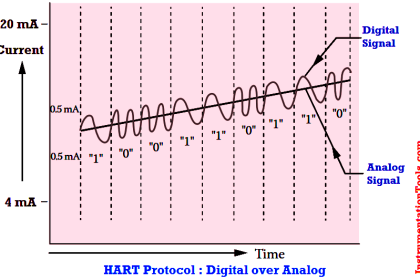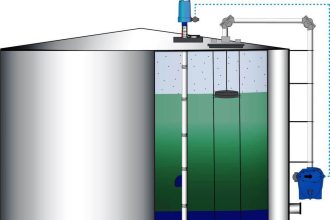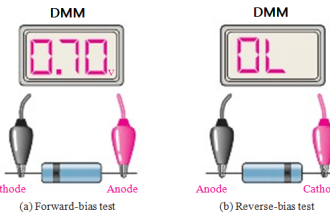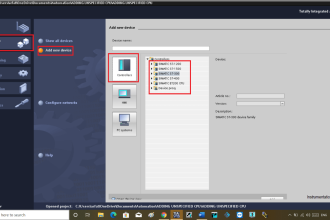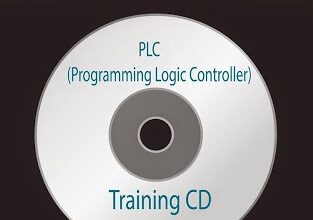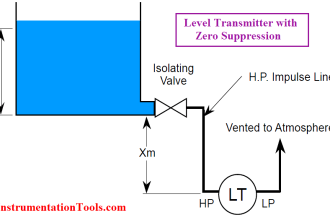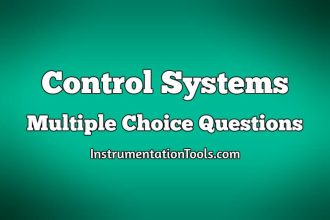Optical fiber is the most efficient and best means of communication data transfer at high speeds and longer distances. It has replaced the traditional standard Ethernet communication in almost every place of use, where longer distances do not permit its use.
Optical fiber is not a communication protocol; it is a means of hardware wire cable which carries data. These cables are generally of huge lengths due to their application. They are connected to the respective ports through various types of connectors. The two most used types of connectors are SC and ST. In this post, we will see the difference between two of these connectors.
Why is Optical Fiber Cable Required?
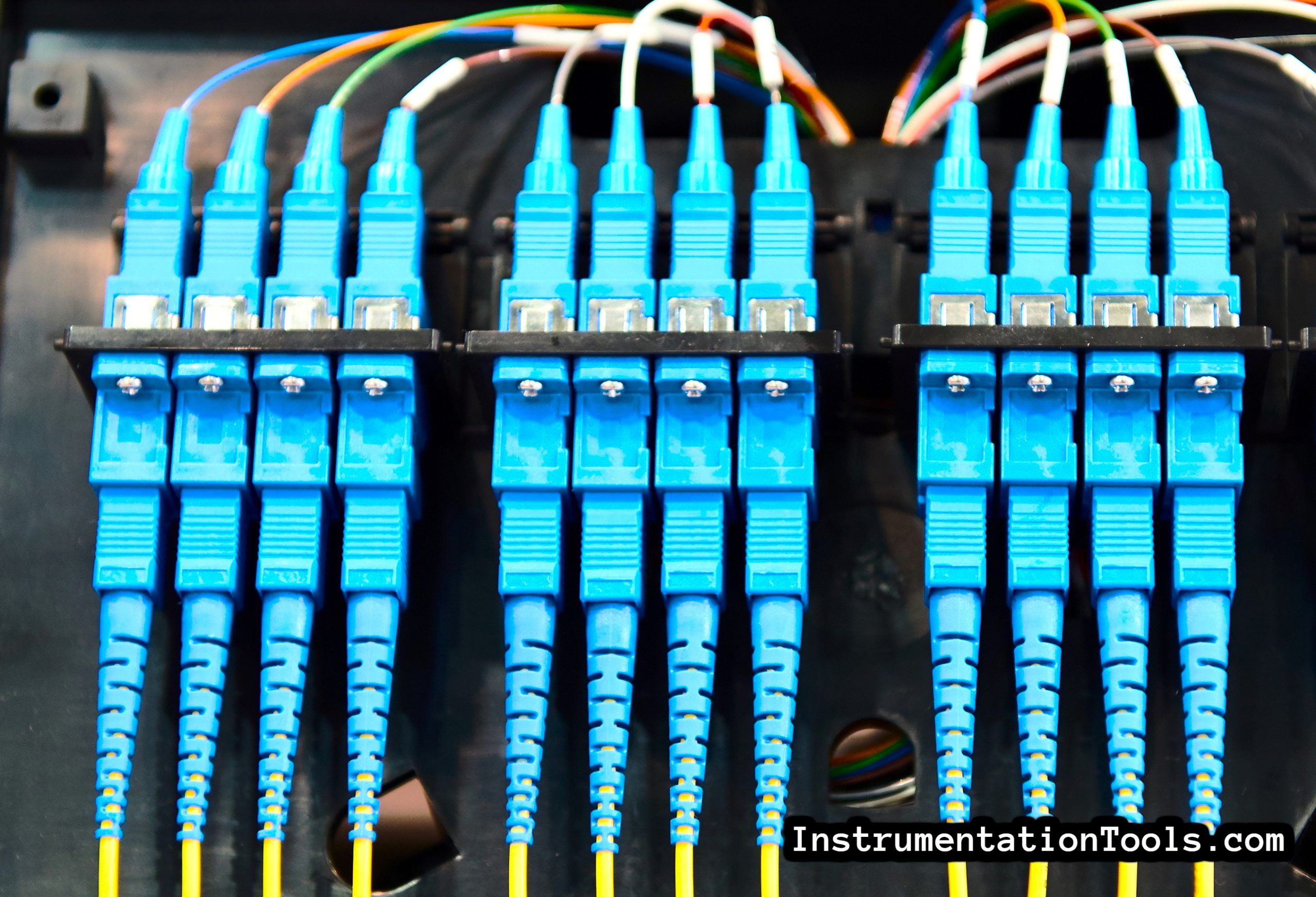
When you use a standard Ethernet cable, whether straight or cross, it can cover only a distance of 100 meters. Though Ethernet is the fastest mode of communication protocol, the cable (CAT6) that is used to carry it can cover only the distance mentioned. You know that 100 meters is not enough if you want to transfer data from one location to a very far location. For this reason, optical fiber hardware cables are used.
As the name implies, it works on light travel to convert data into optical form and transmit it. As light is the fastest mode of travel, optical form is the best way to communicate data. Ethernet data from CAT6 cables is converted into light form from binary form before travel, then transmitted to a far distance, and received back in binary form on the receiver side. This makes travel faster and more efficient to communicate.
Why are Optical Fiber Connectors Required?
Now that we have understood the use of optical fiber cables, we will see why connectors are required. Similar to every type of cable that we use, they initially come in raw form (without connectors). Both the sides of the cables are open. This is then not possible for them to connect directly to any communication port. Due to this reason, some form of suitable connector must be interfaced with the cable end so that it is connected to the respective communication port.
In the case of optical fiber cables, there are generally four types of connectors used – FC, LC, SC, and ST. These interfaces are a must for connecting to the communication ports. The cables are joined with the connectors through the slicing method.
What is an SC Connector?
SC stands for subscriber connection. It is a plastic molded body of square shape, with a push-pull locking technique. Instead of a latch, it uses a lock method for a secure connection to the port.
What is an ST Connector?
ST stands for straight tip connection. It has round ceramic ferrules and bayonet locking features. This means you have to rotate it until tight and rotate reverse to remove it. It comes with a spring-loaded sheath that holds the fiber in place.
Difference between SC and ST Optical Fiber Connectors
Here’s a table that compares the SC and ST Optical Fiber Connectors.
| Parameter | SC Connector | ST Connector |
|---|---|---|
| Physical Design | Push-pull coupling | Bayonet-style coupling |
| Shape | Square or Rectangular | Round |
| Connector Size | Compact | Larger than SC |
| Ferrule Diameter | 2.5mm | 2.5mm |
| Typical Insertion Loss | 0.25 dB | 0.3 dB |
| Typical Return Loss | >50 dB (for UPC) | >25 dB |
| Ease of Use | Easier due to push-pull | Requires aligning and twisting |
| Application | Telecom, datacom, CATV | Industrial, military |
| Polishing Type | PC, UPC, APC | PC |
| Durability | High | Moderate |
| Number of Connections | Single or Duplex | Generally Single |
| Cost | Moderately Priced | Generally Less Expensive |
SC connector is made of plastic mold whereas ST connector is made of ceramic mold.
SC is the most used design due to its simplicity, cost-effectiveness, and less chance of damage as compared to ST design which is less used.
SC connector is mostly used for router switches, and large core switches with fiber uplinks; whereas ST connector is mostly used for optical fiber distribution frames.
In this way, we saw the difference between SC and ST optical fiber connectors.
If you liked this article, then please subscribe to our YouTube Channel for Electrical, Electronics, Instrumentation, PLC, and SCADA video tutorials.
You can also follow us on Facebook and Twitter to receive daily updates.
Read Next:
- Why Fiber Optic Cable is Spliced?
- Electrical Control Devices Questions
- Transducers Objective Questions
- Flow and Level Measurement Quiz
- Circuit Protection Devices Questions
